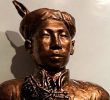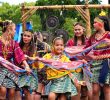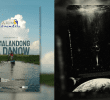
Medel “Boyax” V. Hernani
DAVAO CITY, Philippines — The first Welgang Bayan (People’s Strike) of the nation happened in Davao City in 1984. It was a period that saw the rise of protest actions after the Ninoy Aquino assassination, with church people, lawyers, and Davao leaders such as the late “Nanay Soling” Soledad Duterte marched side by side with student activists and urban poor against the Marcos dictatorship.
One photo stood out to capture that moment. The photo was taken atop a building that showed rallyists forming layers of circles in the middle of a near deserted Jones Circle, which protected the opposition leaders from arrests from the police.
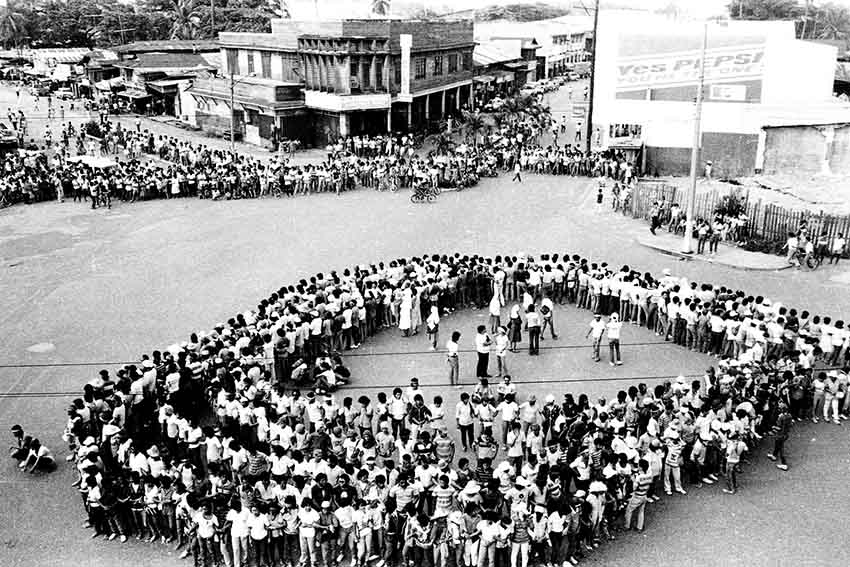
JONES CIRCLE. Rallyists encircled human rights lawyers and mass leaders to protect them from being arrested during the Welga ng Bayan in 1984 in Jones Circle, Davao City. (Photo by Medel V. Hernani)
The man who took that photo is Medel “Boyax” Hernani, a photojournalist for the defunct independent news wire Media Mindanao News Service.
Hernani, now 67, has worked for Media Mindanao, Development Education Media Services Foundation (DEMS) and Davao Today, and his photos carry the same theme that of recording peoples’ struggles.
His photography shows the grit and emotion of workers’ strikes, farmers and indigenous people “bakwits” driven from the hinterland, urban poor communities fighting for their homes.
Boyax — as friends and colleagues call him — recalled that this is an influence from social realism paintings.
“I had a friend whose works were all about social realism,” he said, describing some of them with images of the everyday lives of working, poor and common folks. Social Realism-an art movement which flourished during 19th century amidst global economic depression and rise of fascism-is described as a mean for artists to highlight the real conditions of the poor and working class, and criticize the power structure leading to this conditions.
Hernani learned photography during his stint in DEMS, beginning with a single-lens reflex camera he borrowed from friends. There he learned to compose his subjects through visuals showing society’s class struggle. His photos of the poverty and protests in Davao were used as slide shows during activities and forums in universities and colleges. He also began to share his photography skills in trainings of DEMS for student journalists.
But tackling such images was not profitable at that time, his fellow photographers would tell him. He was invited to join the Davao Camera Club so he can have more opportunities to photograph social functions and festivities. Admittedly, it was difficult to make ends meet, especially having a family of your own to support. But he saw a greater cause with his works. “I believe it contributed in arousing the public especially during the martial law,” he said.
In continuing his immersion to his subjects, Medel had his share of brushes with police who will disperse and threaten protesters. “During one protest, a colleague and friend told me to stay close to him as the police could arrest me,” Hernani recalled.
One memorable coverage for Hernani was the struggles of the Talaingod Manobo in 1994. The tribal leaders under Salugpongan defended their ancestral land in Pantaron Range by declaring a “pangayaw” or tribal war against the logging company, Alcantara and Sons. Hernani documented the evacuation of the Talaingod Manobo who sought sanctuary at UCCP Haran. Twenty-five years later, the Talaingod Manobo would return for sanctuary to Haran as their schools were heavily militarized and are now forcibly closed by government.
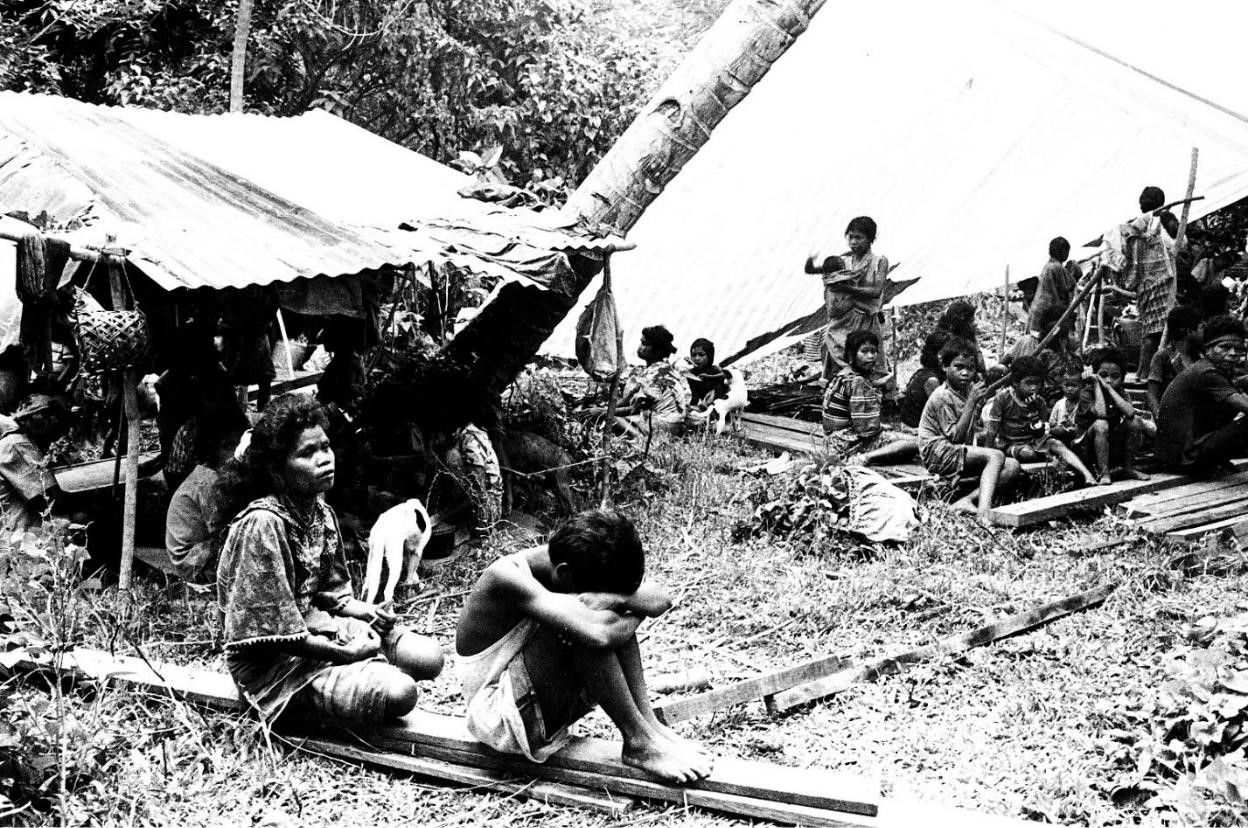
Talaingod Manobo evacuees. (Photo by Medel V. Hernani)
Hernani tries to look back at his works. As film negatives slowly deteriorate through time, he could only save a few of them. But looking back at his old photos, he lamented, “Nothing has ever changed in the lives of the poor majority of Filipinos, from one government administration to another.”
But he shares enthusiasm to share his skills and knowledge to young photographers, and appreciates how digital technology has made capturing and producing photos convenient.
Yet Hernani underscores the importance of using such skills in telling people’s stories of struggle and how it could somehow bring change and impact to others. This is where he stressed the challenge for photojournalists — capturing stories that matters and needed to be told. (davaotoday.com)

